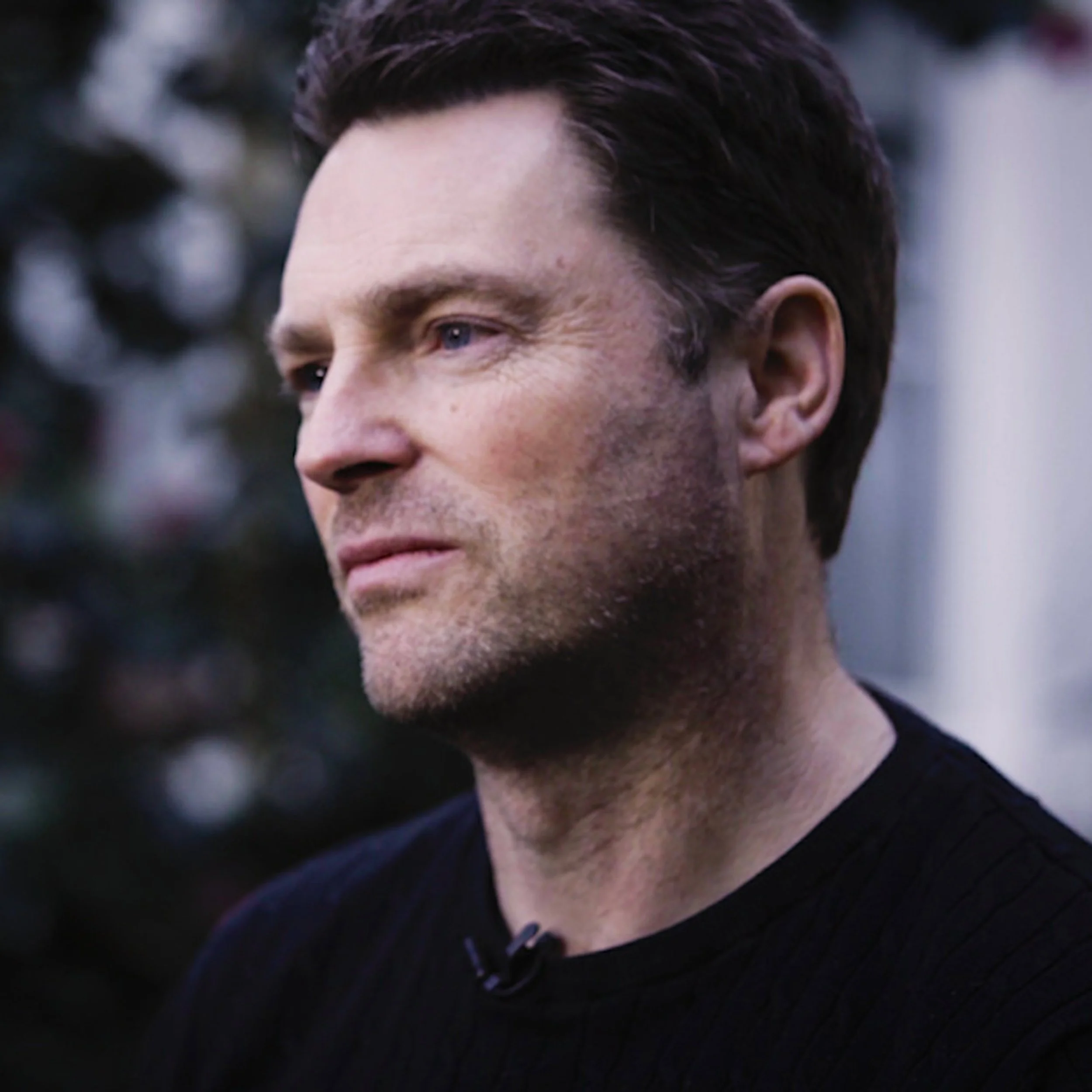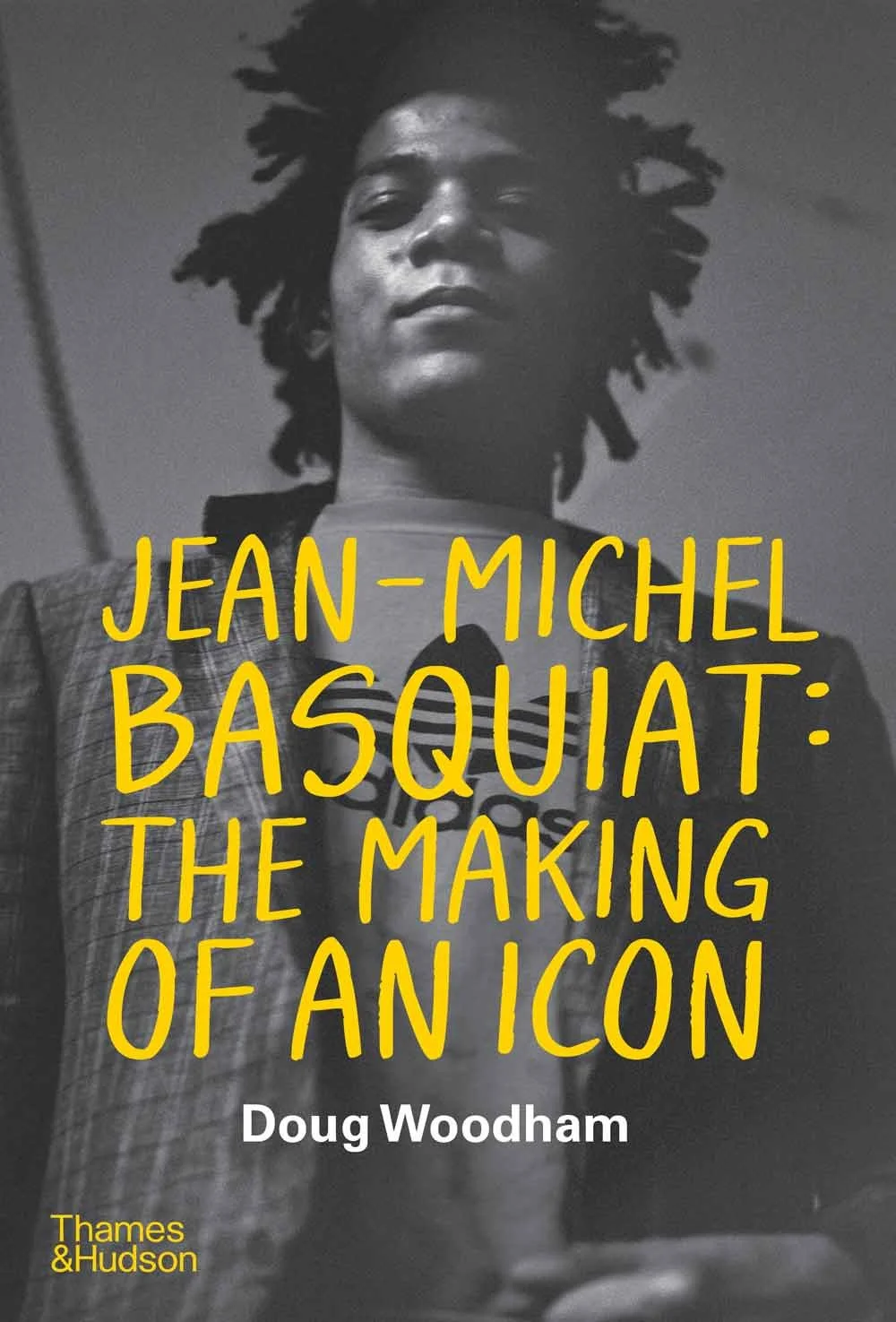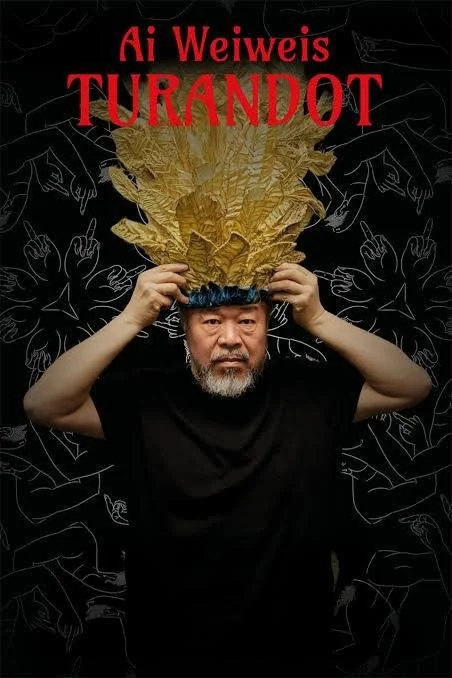Every year, humanity's footprint casts a deadly shadow over our skies and landscapes, claiming the lives of billions of birds and other wildlife. What is road ecology? How are our roads driving certain species towards extinction? And what can we do about it?
Ben Goldfarb is a conservation journalist. He is the author of Crossings: How Road Ecology Is Shaping The Future of Our Planet, named one of the best books of 2023 by the New York Times, and Eager: The Surprising, Secret Life of Beavers and Why They Matter, winner of the 2019 PEN/E.O. Wilson Literary Science Writing Award.
THE CREATIVE PROCESS · ONE PLANET PODCAST
I've heard it said that trees and water are a biography of this planet, but roads really are how we've etched ourselves onto the history of Earth.
BEN GOLDFARB
The creation of roads is this process that's sort of innate to all beings. You know, we're all sort of inclined to create and follow trails. We just do it at a much vaster and more permanent and destructive scale. I think we need to reconceive how we think about roads in some ways, right? I mean, we think about roads, certainly here in the U. S., as these symbols of movement and mobility and freedom, right? There's so much about the romance of the open road and so much of our popular culture going back to the mid-20th century when the interstate highway systems were built and writers like Jack Kerouac were singing the praises of the open highway. And certainly, roads play that role. I like driving. The iconic Western American road trip is kind of this wonderful experience, but you know, I think the purpose of this book is to say: Yes, roads are a source of human mobility and freedom, but they're doing precisely the opposite for basically all other forms of life, right? They're curtailing animal movement and mobility and freedom, both by killing them directly in the form of roadkill, but also by creating these kinds of impenetrable walls of traffic that prevent animals from moving around the landscape and accessing big swaths of their habitat. Right? So, that's kind of the mental reconfiguration we have to go through, which is to recognize that, hey, roads aren't just forms of mobility and freedom for us. They're also preventing that mobility in basically all other life forms.
THE CREATIVE PROCESS · ONE PLANET PODCAST
Yes, and there are some really heartbreaking stories. It breaks my heart to hear about the skyscrapers causing deaths among so many birds. Up to a billion a year in the U.S. alone. And, there's kind of simple solutions, you know, if we just don't look at everything from our point of view, you know, let's not have such reflective surfaces that disorientate the birds.
GOLDFARB
And that's such a heartbreaking thing to imagine, you know, these songbirds that are these little tiny balls of feathers and the lightest bone and they're making these unbelievable journeys from one hemisphere to the next. And for them to just die because they smacked into the window of a Starbucks or something is just the most depressing thing in the world. And it's such an easy problem to solve by putting up films that have little patterns on them so that the birds perceive them. The patterns are so light that they have no impact on human perception. You wouldn't really even notice them unless you were looking for them. But they can save lots of bird lives. So, I think that's the case with both our buildings and roads. There are things we can do to protect animals. In the case of buildings, it's retrofitting some of that glass with those fritted patterns, and in the case of roads it's these wildlife crossings, right? These overpasses and underpasses with fences on either side of them to guide the animals there. I just think about all of the infrastructure out there that's killing animals. I'm working on this fish book now and what could be more beautiful and sacred than a salmon's migration upstream? Then, you throw up this giant concrete wall that just prevents them from completing that journey. And it's the most tragic thing in the world, you know? So everywhere you look, we're kind of frustrating animal journeys with our linear infrastructure.
THE CREATIVE PROCESS · ONE PLANET PODCAST
I want to go into your book Eager because beavers are supreme architects and they are just so fascinating. What drew you to beavers?
GOLDFARB
I grew up in New York and spent a lot of time in the Catskills and the Adirondacks in upstate New York and they're always beavers around. I got really fascinated around 2014. I was living in Seattle, working as a journalist, and I was looking for something to write about. And, you know, somebody sent me this advertisement for a beaver workshop. So I went to this beaver gathering, and it was amazing. It was one scientist after another talking about all of beavers’ ecological benefits. Of course, these are animals who build dams, and those dams create ponds and wetlands. And those ponds and wetlands are filtering out water pollution, attenuating floods and mitigating against drought, right? There are these little reservoirs, they're fighting wildfire. They're providing habitat for all kinds of endangered species. They're sequestering carbon, right? Beavers are kind of saving the planet in so many ways, despite our best efforts to kill them. They're saving us in spite of ourselves. To me, I think the through line to Crossings is, look, both humans and beavers are compelled to build. We're both constantly modifying our environment to maximize our own food and shelter. And yet we're doing it in a way that is fundamentally inimical to all other forms of life, right? We're stomping out biodiversity everywhere you turn, whereas beavers are building in a way that promotes all other forms of life. They're these incredible agents of biodiversity, conservation, restoration. And so the thing that kind of unites these two books is that they're both about architects in a sense. One is about the world's most beneficial architect, beavers. The other is about the world’s most detrimental architect, which is us.
THE CREATIVE PROCESS · ONE PLANET PODCAST
They say that cities can foster so much change that ripples out to rural areas. If we solve some of the problems like urban planning, energy transport, waste management, food and pollution within cities that may helps solve some the problems from highways that separate wildlife from their habitats. What are your reflections on what the cities of the future will look like?
GOLDFARB
By and large, we have these incredibly automotive cities that aren't really served by transit and are becoming more car-dominated over time. And there are lots of things that we could theoretically be doing about that. I think limiting free parking is a really big one. We just give away street curbs for cars all over the place. And, of course, that incentivizes driving, right? And if parking was less available or more expensive that would disincentivize driving. Maybe one important option for creating livable cities and reducing American time in cars is just restricting parking in various ways, but one of the things I struggled with while writing this book was how radical to be in what I was prescribing. I mean, certainly I could call for a city like Los Angeles to do what Oslo did, which was basically ban cars in the urban core. But, you know, LA is not Oslo. It's just not going to do that. I mean, I think about where I live. We live in mountains and people drive around to get to other communities, so it's just hard to imagine the kind of transit system that is going to get people out of their cars on a meaningful scale in Chaffee County, Colorado. And so, in places like this, where people are going to continue driving and we also have lots of big animals that are impacted by roads, are exactly where we need more of those wildlife bridges and underpasses to let animals move around the landscape. So I guess that's my kind of long-winded, uncertain answer is that, in the cities, certainly we need better transit, more pedestrianism, better bikeability. And in the rural areas, we need those wildlife crossings. We need to create a world where people drive less, but when they do inevitably drive, it's not as ecologically catastrophic as it is now.
THE CREATIVE PROCESS · ONE PLANET PODCAST
As well as being a great writer, you’re a great educator. I think that by making some of your books available to young people who may be weighed down with eco-anxiety, there's great positivity in your books. You also provide certain roadmaps for these solutions. So, I'm wondering about your reflections on the future of education.
GOLDFARB
Certainly one of the things that really inspires me is how much beaver education is happening now in schools. I do so many talks and walks and beaver viewing educational experiences often for young people, for school groups. And the kids are always just so excited to see these animals or even just to see the kind of landscapes that those animals create. And it is one of those hopeful stories out there. We've been talking about all of the doom and gloom, but beavers are an antidote to that in a lot of ways. I mean, here's this amazing animal that we nearly wiped out both in North America and Europe. And now it's making this great comeback. And so, to me, beavers tell us that conservation works, right? That we can approach the precipice of extinction, but then pull back and say, hey, wait a second. You know, we actually do need these animals on the landscape, and we're going to protect them and restore them and help their populations increase. And so, to me, beavers are proof that what we're doing as conservationists is not futile, right? That there really is reason for hope and optimism, which beavers demonstrate. I think that's a really important lesson for young people to hear is that you're not just entering this world of eco-anxiety and climate change and depression. There are some really hopeful wildlife stories out there, and you can be part of that future.















































































